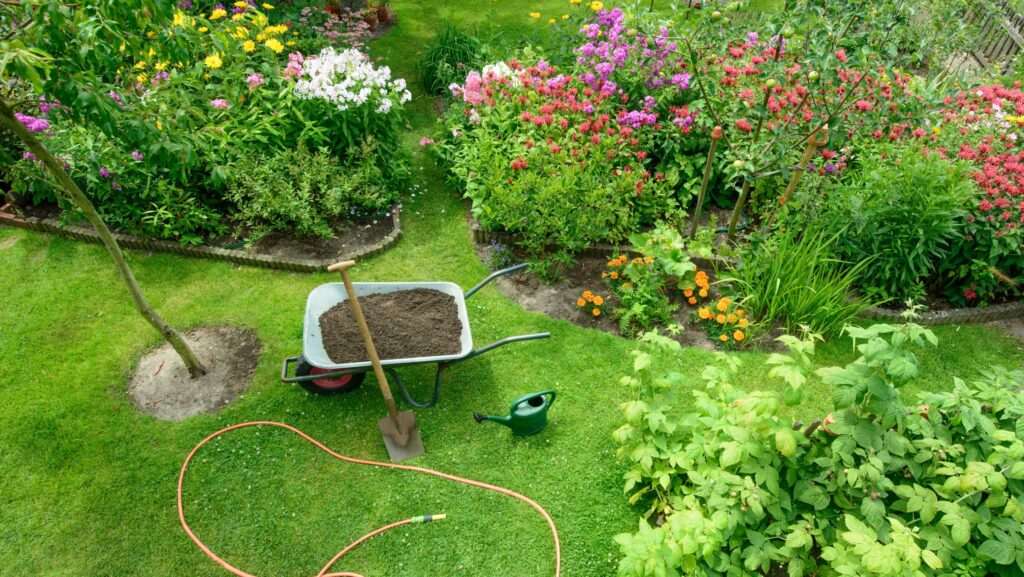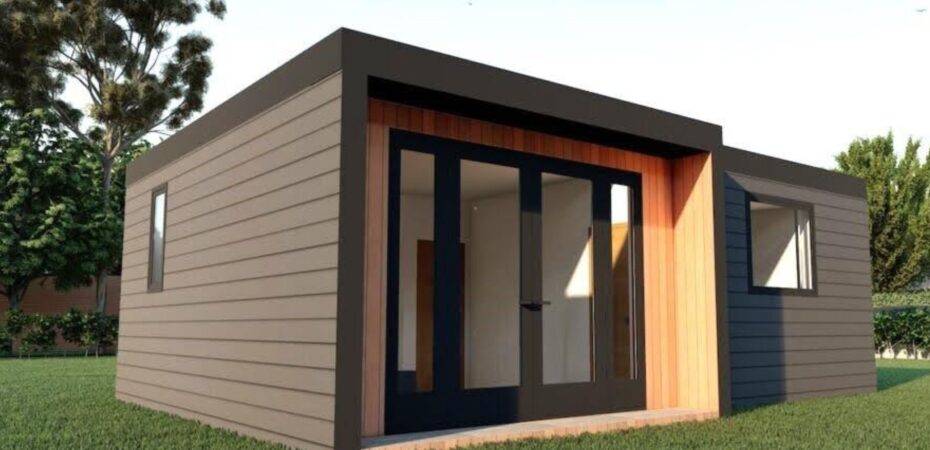For UK homeowners, the need for extra living space often raises one core question — should you invest in a traditional home extension, or is a garden annexe the smarter long-term choice? With housing market uncertainty and renovation costs at an all-time high, the decision is now as much about financial return as it is about lifestyle improvement.
This guide compares garden annexes and extensions purely from a value, ROI, and financial strategy perspective — helping you make an informed move rather than an expensive guess.
What Is a Garden Annexe?
A garden annexe is a self-contained living space positioned in the garden — typically including its own bedroom, bathroom, living space, and sometimes a kitchenette. It functions independently, making it ideal for multigenerational living, rental income, or flexible future use.
What Is a Home Extension?
A home extension is a direct structural addition to your existing property — like extending the kitchen, adding a bedroom, or building a rear or side extension. It increases your internal square footage but stays fully connected to the home.
Cost Comparison — Which Requires Less Capital Upfront?
| Option | Typical Cost Range | Planning Complexity | Build Disruption |
| Garden Annexe | £60,000 – £120,000 | Often easier (Annexe Class planning rules) | Low (outside main house) |
| Home Extension | £80,000 – £180,000+ | Full planning + structural approvals | High (home becomes a building site) |
Winner on upfront cost efficiency: Garden Annexe
Not only do extensions frequently exceed initial estimates, but labour and materials are harder to predict. Annexes, especially modular ones, offer much tighter cost control.
ROI Potential — What Adds the Most Resale Value?
Home Extensions typically add 5%–12% to property value depending on the size, quality, and location.
Garden Annexes can add 15%–25%+, especially if marketed as:
- Self-contained rental opportunity
- Multi-generational living solution
- Private studio / home office / guest suite
Winner on resale ROI: Garden Annexe — by a clear margin.
Income Generation — Extra Revenue vs. Pure Lifestyle Upgrade
| Option | Income Potential | Demand Level |
| Garden Annexe | Long-term rental (Airbnb, student, care) | Very high — flexible |
| Extension | Typically none (unless converted) | Low — value is internal use only |
A garden annexe can generate £800–£1,500 per month in passive rental income depending on location and setup. An extension generally does not generate income — it’s a lifestyle upgrade, not an asset.
Planning Permission — Which Is Less Risky?
Garden annexes often fall under granny annexe planning rules or even permitted development, depending on spec.
Extensions almost always require full planning, architectural drawings, party wall agreements, and structural work — with higher rejection rates and cost escalation.
Winner: Garden Annexe (faster + lower legal risk)
Build Time and Disruption
- Extension: 3–9 months on average — often involves major construction disruption to everyday living.
- Garden Annexe: 6–12 weeks install time — often modular and built with minimal intrusion.
Winner: Garden Annexe — dramatically lower disruption.
Flexibility Over Time — Future-Proofing Your Investment
Garden annexes adapt easily to future needs:
- Elderly parent accommodation
- Rental studio or Airbnb
- Teen independence space
- Luxury home office or wellness studio
- Future resale as “home with secondary dwelling”
Meanwhile, extensions are fixed-purpose — meaning if your needs change, you may need another renovation.
Winner: Garden Annexe — multi-scenario lifetime value.
When an Extension Still Makes More Sense
A garden annexe is not always the automatic winner. Extensions are superior if:
- You specifically want to expand your own internal space (e.g. bigger kitchen or open-plan living)
- You categorically will not rent or sublet in any form
- Your garden space is too limited
- You plan to remodel family living flow, not create an independent zone
Who Is Choosing Annexes in 2025?
Annexes have seen a major rise among homeowners exploring annex solutions as an alternative to moving house — particularly those wanting:

- Flexible multi-generational living (elderly parents / adult children)
- A rental income without leaving their own property
- A future-proof asset instead of a one-purpose extension
Final Verdict — Which Offers the Better ROI?
| Category | Best Option |
| Upfront cost | Garden Annexe |
| Resale ROI | Garden Annexe |
| Income generation potential | Garden Annexe |
| Lifestyle-functional expansion | Extension or Annexe (tie — depends on goal) |
| Planning & speed | Garden Annexe |
For most financially strategic homeowners — a garden annexe is the stronger long-term investment
FAQ — Quick Answers Before You Decide
Does a garden annexe need planning permission?
In many cases, yes — but annexes often qualify under relaxed Class E or granny annexe rules, making approval easier than a full extension.
Is an annexe legal to rent out?
Yes — but it must meet local council requirements for independent living. For long-term lettings, it may require separate council tax banding.
Which adds more resale appeal?
Annexes — particularly because of their independent rental and family flexibility appeal.
Do annexes work for small gardens?
Yes — modern compact annex models start from as little as 20m², while still offering full living functionality.
Can a garden annexe increase council tax?
Possibly — if used as a separate dwelling. But many are classed as dependent relative use and exempt.


 By
By 




